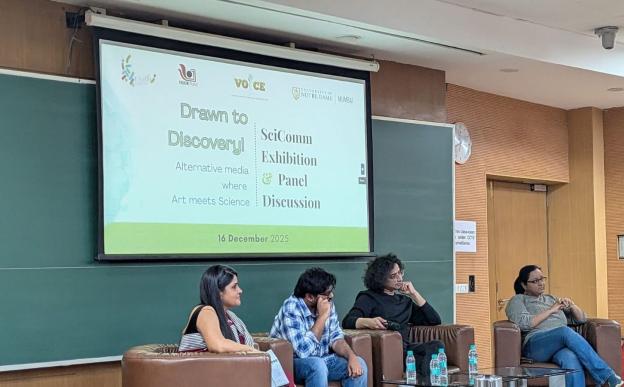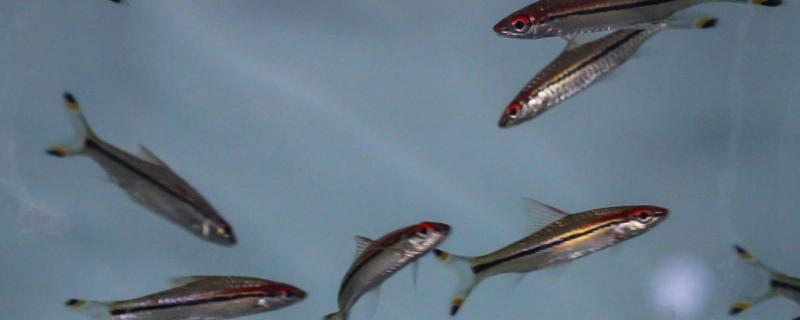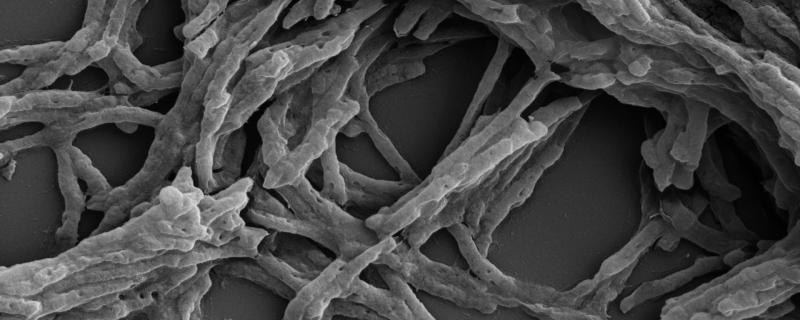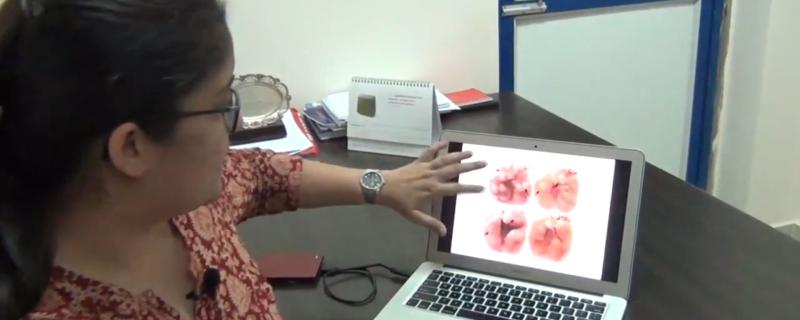Nature is an enigma; an ensemble of complex structures and functions come together to form a variety of mesmerising artefacts, including life. Richard Feynman, the well-known American Nobel Laureate and physicist, famously said—"Nature isn't classical, dammit, and if you want to make a simulation of nature, you'd better make it quantum mechanical, and by golly it's a wonderful problem, because it doesn't look so easy".
The Indian Institute of Science Education and Research (IISER) Pune on Tuesday launched the VOICE Fellowship 2025
Pune/

![A quantum processor [Image Credits: By Anita Fors (Chalmers) - Wikimedia Commons, CC BY-SA 4.0] Getting more with less: Study proposes the design of an optimum quantum circuit](/sites/researchmatters/files/styles/large_front_800x320/public/quantumcomputing.jpg?itok=VUJSawb1)








